Three sides of India’s ‘Golden Triangle’ – Places to see
In this third and final part of our tour around India’s famed ‘Golden Triangle’ we seek to give you a quick reference to the locations you should see and visit as a minimum – if you embark on a similar route – and a few tips to help make the journey smoother and more enjoyable.
Remember that we’re of the firm opinion that all three aspects of our posts, concerning hotels and dining (from our first two posts) and places to see, need to be considered together for the best experience in India. To compromise on hotels or avoid the huge variety of food is to diminish the enjoyment and potential of any visit to the country. The hotels are as attractive, interesting and historic as the locations (often more so); the food as diverse and colourful as the people.
Our ten-day tour covers Delhi, Agra, Fatehpur Sikri, Ranthambore, Jaipur, Samode and back to Delhi with numerous stops in between for photographs and food. Here’s what we did and first is a short round-up taster video.
Delhi
Delhi airport is now light years away from when we first used to fly into it. No longer are you and your senses assaulted as you leave the terminal, which was guarded by officious police who left you to the mercy of the phalanx of taxi drivers fighting for your trade. Nowadays you’re whisked through an efficient swish terminal building with little sign of officialdom, many helpful staff to guide you and, if you’re travelling in style, a car and driver to meet you. On our first ever trip as a family to Delhi, our old ‘Ambassador’ taxi stopped to allow two of the driver’s mates to cadge a lift to the city centre together with their bags – which was bit of a shock to the system as we’d heard tell of dacoits and robbers being numerous.
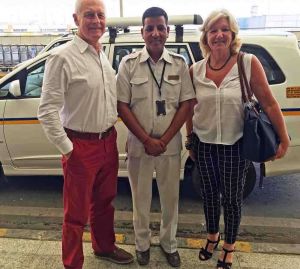
Today you’ll step into your own smart private a/c vehicle and cruise hassle-free along a six lane highway to within easy distance of your hotel – in our case The Imperial in Janpath near the centre of New Delhi.
Despite feeling as though we’d like to spend all our Delhi time in this wonderful hotel; after a good night’s sleep we do spend a full day touring the more notable sights of both the old and new city – as would anyone on their first visit to the country who doesn’t just high-tail it out of the bustling capital as soon as possible. Its well worth delaying your departure for a day to have a look around. 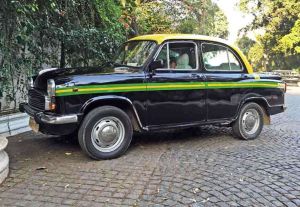 New Delhi was built alongside Old Delhi by the British when they moved their capital from Calcutta and travelling around either is best achieved by using your own private vehicle or renting a taxi; as the distances make a motor rickshaw (if you’re even inclined) too arduous and dirty a journey. Ask your hotel concierge what you should be paying for each leg of your intended tour.
New Delhi was built alongside Old Delhi by the British when they moved their capital from Calcutta and travelling around either is best achieved by using your own private vehicle or renting a taxi; as the distances make a motor rickshaw (if you’re even inclined) too arduous and dirty a journey. Ask your hotel concierge what you should be paying for each leg of your intended tour.
Its worth remembering that all major monuments are closed on a Monday in Delhi, which will then restrict your viewing to religious shrines and memorials. The Red Fort in Old Delhi, for example, is firmly closed and you’ll only get a less than rewarding external view. If you do miss it there are many other forts on your travels – such as that in Agra which is more elaborate and ornate.
We start out by driving past the Red Fort (it’s Monday!) and stop at the Jama Masjid, which is the largest mosque in India. You’ll need to deposit your shoes at the entrance (and give a small tip on collection) and pay for your camera if you’re carrying one. The ticket for your camera will also cover entry to the minaret tower at the left hand end of the main mosque – so don’t be caught by ‘guides’ who attempt to charge you more for the entry. The sheer scale of the Jama Masjid is impressive but we find that the worshippers are equally of interest as they go about their prayer in spite of the visitors.
 On leaving the mosque we negotiate a cycle-rickshaw ride around the old town. You could just as easily walk around but the cycle rider will know the most interesting circuit, especially if you only want to view rather than shop. The narrow alleyways and market areas are dedicated to different trades and produce, so its a colourful half an hour and if you’ve negotiated first should cost you about 200 rupees.
On leaving the mosque we negotiate a cycle-rickshaw ride around the old town. You could just as easily walk around but the cycle rider will know the most interesting circuit, especially if you only want to view rather than shop. The narrow alleyways and market areas are dedicated to different trades and produce, so its a colourful half an hour and if you’ve negotiated first should cost you about 200 rupees. 
Back into our car and the next stop is Raj Ghat. Named after a historical ghat of Old Delhi located nearby, Raj Ghat is a memorial to Mahatma Gandhi. It’s one of the most visited sites in Delhi and is situated in quite pleasant gardens. The memorial is a simple slab of granite with an eternal flame burning and is best visited if you’ve an affinity with the great man. 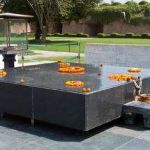
From here we drive to Humayun’s Tomb (the second Murghal emperor) and its the first garden mausoleum in India, having been completed in 1572. With its double domes, decorative inlaid marble and vast garden with pools connected by channels, this 16th Century building set the stage for the style that culminated in the Taj Mahal almost 100 years later.

Its a fact that Indian domestic tourism has expanded significantly in the last few years so you’ll find that most sights are quite busy. This can be a pain if you’re into photography uncluttered by heads and legs. Humayun’s Tomb is well worth the walk around as its not so busy as other monuments and there are also plenty of opportunities to take photos of detail and quiet corners of the mausoleum.
We now leave Old Delhi and head towards the Lutyens inspired architecture of New Delhi. En route we drive past the law courts and various government buildings that are little changed since the days of the Raj and their palladian frontages are now well maintained. One of the most imposing sights of New Delhi is the Indian ‘Champs Elysees’ with the Parliament buildings at one end and India Gate (an Arc de Triomphe facsimile) in the middle of the roughly two kilometre boulevard; Rajpath, or ‘King’s Way’.
India Gate itself is inscribed with the names of over 70,000 Indian troops who lost their lives fighting in the First World War with the British and a further 13,000 Indian and British troops who lost their lives on the infamous Northwest Frontier. Rajpath is where the annual Republic Day parade takes place on 26 January each year and its an all together more formal contrast with the frantic sights of Old Delhi to give you a good snapshot of the spectrum of choices that the city has to offer.

On the way back to our hotel we stop briefly to wander up to the gates of the famous Sikh temple ‘Bangla Sahib’, which is worth the visit simply to mingle with the crowds of both sightseers and Sikh worshipers and a good insight into the practices of one of India’s many religions.
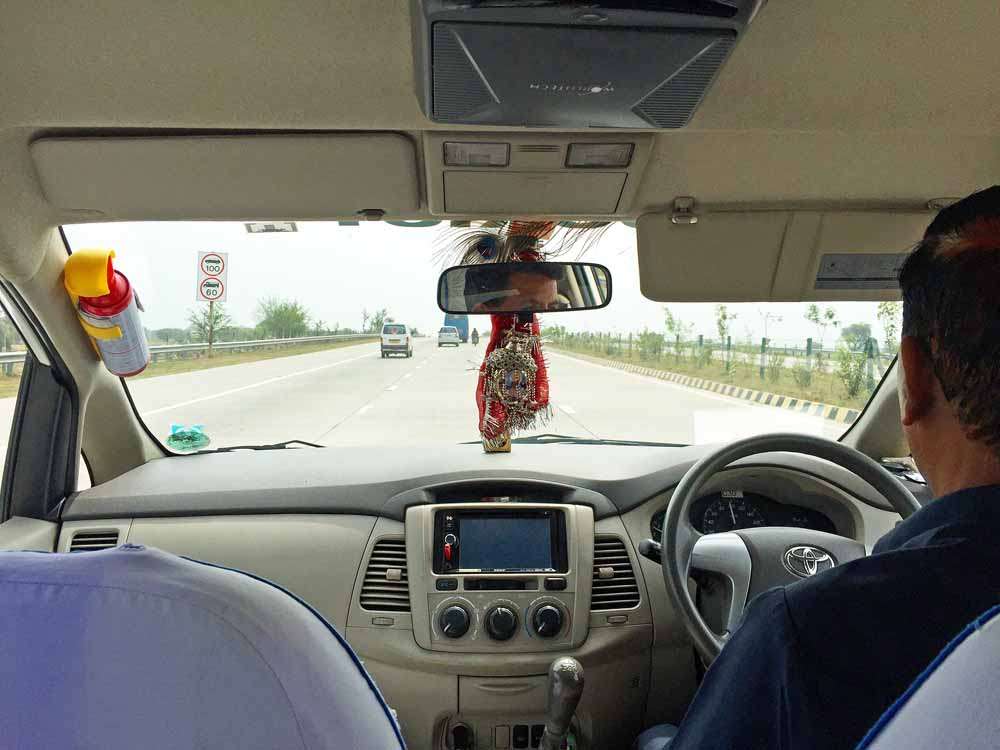
The Delhi – Agra Expressway. The barbed wire central divider does have gaps to permit U-turns or to redirect vehicles travelling in the wrong direction.
Agra
We loathe Agra as a city but the draw of the Taj Mahal brings us back time and time again. Its different every time we see it – not least of which because it always seems to have some remedial work being done that spoils our photos. This time three of the minarets are shrouded in scaffolding which makes photography more of a challenge!

Because we don’t like crowds and do like photography we always try to get into the Taj in the early morning. 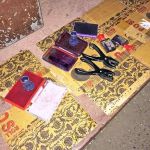 This time we’re literally the very first in the queue at the West Gate, having had a 4.45am alarm call.
This time we’re literally the very first in the queue at the West Gate, having had a 4.45am alarm call. 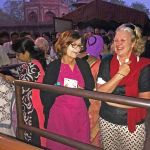 Despite the availability of modern technology, the gate attendants insist on rubber stamping and hole-punching every ticket; even the online ones after scanning them! We think its worth it just for those brief serene moments when you’re practically the only ones sharing this ethereal vision of marble that glows pink in the early morning light.
Despite the availability of modern technology, the gate attendants insist on rubber stamping and hole-punching every ticket; even the online ones after scanning them! We think its worth it just for those brief serene moments when you’re practically the only ones sharing this ethereal vision of marble that glows pink in the early morning light.
If you’re less concerned about these aspects then a more leisurely, later arrival will mean you’re sharing the experience with many hundreds of people. Either way your tour operator will organise both tickets and transport to the gates.
We used to use the Shatabdi Express train, a tourist train from Delhi to Agra and back that used to do the journey at times more suited to viewing the Taj than they do today. It’s now worth driving to the Taj (4hrs) from Delhi instead, if you’re not bothered about an early entry to the monument, as the new expressway makes the journey considerably quicker than before. Its also worth remembering that the Taj, which used to be free on a Friday is now closed, solely for worship, every Friday.
You’ll probably have bought a ‘block’ ticket that entitles you to entry to several other historic sights. We feel that the Red Fort, crafted from pink-red sandstone and testament to an era when Indo-Muslim art was strongly marked by influences from Persia at its height, is worth a visit; along with the ‘Baby Taj’, or Itimad-ud-Daulah tomb. The Red Fort is extensive so allow plenty of time if you want to see it in full, or simply restrict your viewing to the Diwan-i-Am with its gardens and the covered arched areas that look out over the Yamuna River towards the Taj Mahal, if you want to cut it short.
There seem to be more carpet, marble and jewellery shops per square metre, belonging to everyone and his brother in Agra than anywhere else in India; so unless you love shopping you’ll need to be firm and decisive if you want to avoid being sidetracked to these, as it can be exhausting on an already fully packed itinerary.
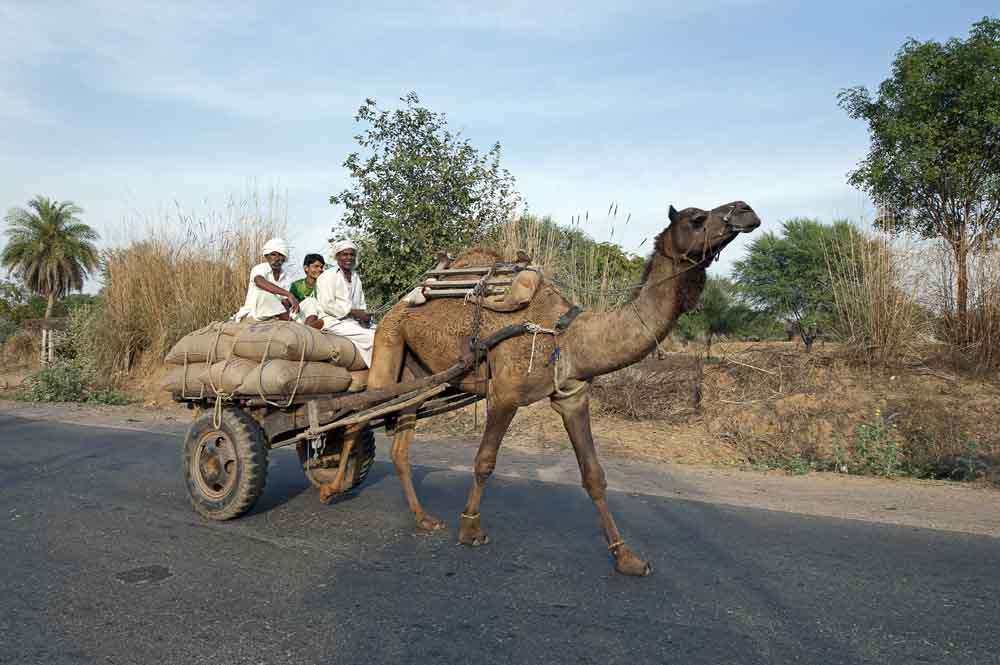
Fatehpur Sikri
Although you might already feel a little jaded by Murghal architecture, Fatehpur Sikri is a remarkably preserved deserted city that was built and abandoned by Akbar in 1585 shortly after its completion – partly because of its proximity to Rajputana unrest, partly because of exhaustion of its spring-fed water supply. It remains in superb condition and if you time it right is quite a thought provoking tour.
Such is the increase in domestic tourism that you can no longer park adjacent to the city walls but should now be prepared to park a mile or so away from the city and then take ramshackle tourist buses that run regularly to the main gate and back for a few rupees.
The adjacent mosque and its extensive courtyard are also attractive areas for people watching.
On the road
It probably goes without saying that its as much the journey as the destination in India that is fascinating and there’s never a mile goes by without an intriguing vision before you –
whether its a camel encampment with itinerant gypsies; women cutting wheat by hand in the fields; vehicles laden to bursting with crops or people, or brick kilns churning out thousands of red bricks for local villages, you’ll never be bored.
Ranthambore
No visit to India is complete without a foray into its jungles – and Rajasthan is renowned for its historic setting of forts and lodges within its own tiger reserve of Ranthambore. Whilst many seem to think that the tiger is on the payroll and can be summoned at will, it nevertheless is an increasingly rare and beautiful animal that puts in an appearance when it chooses. As a consequence you should go into the jungle with hope more than expectation and enjoy all that the forest has to offer with its rich flora and fauna that includes all of the prey species in picturesque settings.

Its increasingly the practice to allocate jeeps (both private jungle-lodge and hire jeeps) to different entry gates on different days so that everyone shares in the opportunities between the core areas most likely to reveal tiger and those less likely to. This means that you need to take at least three park rounds (early morning and/or mid afternoon) in order to stand the best chance of being allocated a prime area. There used to be a single entry gate which lead to congestion and anxiety; whereas the current ten gates do reduce the impact and distribute traffic more sensibly.
Mornings can be chilly and as you’re in an open jeep take warm clothing that you can shed as the day warms, or put on as it cools in the evening. Tips are expected for virtually every action in India, from handing you a self-destructing paper napkin to dry your hands in the toilet to passing over a wedge if you’ve had a good park round to both driver and guide.
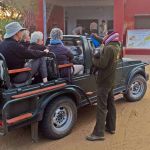 If you’re using a private lodge jeep then there will probably be communal tips boxes at the lodge itself. We suggest that you tip according to the protocols of India (ask locally) rather than the income of your own country as this can create expectations that become ever more elevated.
If you’re using a private lodge jeep then there will probably be communal tips boxes at the lodge itself. We suggest that you tip according to the protocols of India (ask locally) rather than the income of your own country as this can create expectations that become ever more elevated.
Jaipur
The ‘Pink City’ was so called because it was painted pink, as the colour of hospitality, in homage and welcome to the Prince of Wales and Queen Victoria in 1876. It remains a stipulation for all properties within the old city walls. There are a few principal sights to see and all are within easy distance of one another within the old city walls – with the exception of the Amber, or Amer, Fort.
To see this you need an early start – not because its far away but because you’ll want to beat the crowds, avoid the queues and ride one of the 160 colourfully clad elephants that ply the steep ramps from the base of the fort to its lofty entrance. Whilst we’d all no doubt prefer to see these elephants in the wild rather than working, there’s precious little natural habitat remaining for them and the regally clad Amber elephants are now well cared for and each restricted to just four climbs up the fort ramp per day. You’ll inevitably get a jeep back down but allow an hour or so to walk around the fort itself. The elephants stop at about 11am, so by that time you want to be on your way back to the old city to view the other attractions.
En route back you’ll pass the Jal Mahal, Lake Palace, which isn’t a hotel, unlike its counterpart in Udaipur.
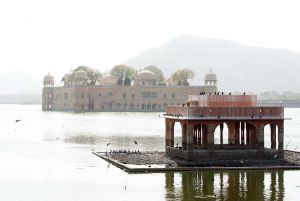
The most important sights in the old city are; Hawa Mahal (Palace of the Winds) which was used by the Murghal’s harem to view the city without being seen but which is really best viewed from outside without the need to wander around inside;
City Palace, which is still used by the royal family but contains several interesting galleries of clothing, weaponry and art as well as being an interesting place to wander around;
Jantar Mantar, just across the road from City Palace and a fascinating testament to larger than life exploration of the stars, astrology and astronomy. Its a collection of nineteen architectural astronomical instruments, built by the Rajput King Sawai Jai Singh, and completed in 1738 – and all superbly preserved today.
Samode
You’re unlikely to think of going here unless you’re staying at Samode Palace or Samode Bagh. The Palace is the better choice of the two and is as fascinating as any of the landmarks you’ll visit on your tour. Its worth a visit even if you’re not staying but it will be a minor detour on your way from Jaipur back to Delhi (so you’ll need to allow two to three hours for the detour and visit).
We loved Samode Palace; it’s a monumental place, with its extensive royal meeting rooms, mirrored hallways and ornate gardens; as well as vintage cars and hundreds of flowering plant pots positioned in and on every ledge, shelf, stairway, nook and cranny.
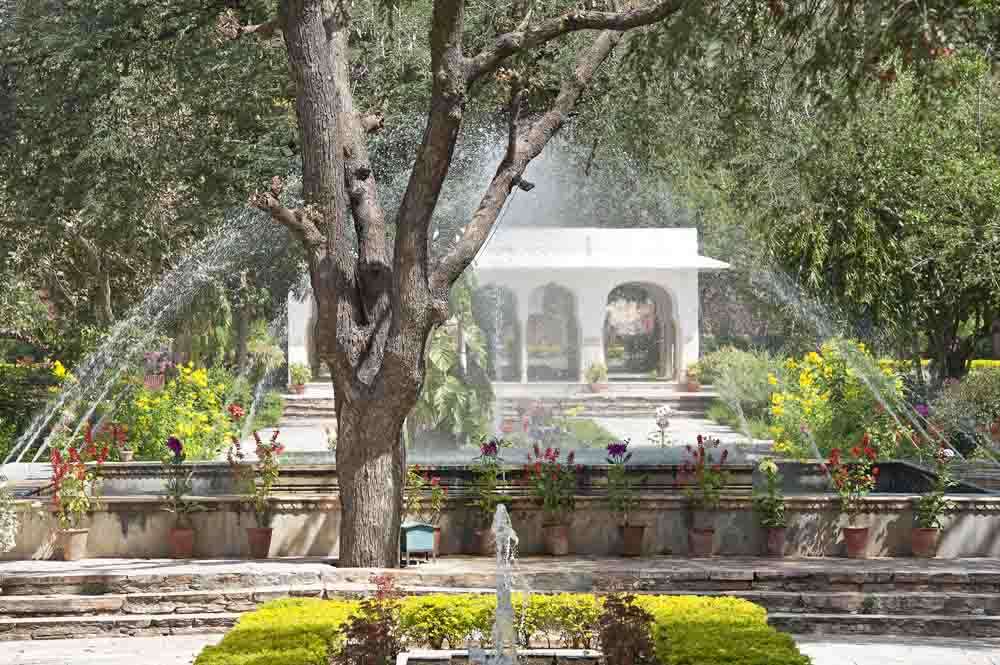
Samode Bagh is the old royal garden a couple of miles away and if you’re a gardener you’ll be captivated by the layout and stock of this ornamental area. Ask them to switch on the fountains as this transforms the area into a wonderland.
Depending on whether you’re staying at Samode Palace or not will probably dictate whether you take a camel ride to the Bagh or around the little working village where you’ll be mesmerised by the blacksmith’s shop, manually knocking out components for garden rakes, shovels, drums and ladles, or dazzled by the bangle making stall with its resin heating, rolling and stone encrusting of thousands of sparkly hoops. This is Indian rural life as you probably won’t see it elsewhere on your travels unless you make a point of leaving the beaten track.
In transit
As India’s roads expand from the old single lane inter-state highways into six-lane expressways, don’t expect Indian driving habits to have changed accordingly. Cars, bikes, carts and people cross into the opposite oncoming lanes, drive the wrong way down them and generally go where they please.
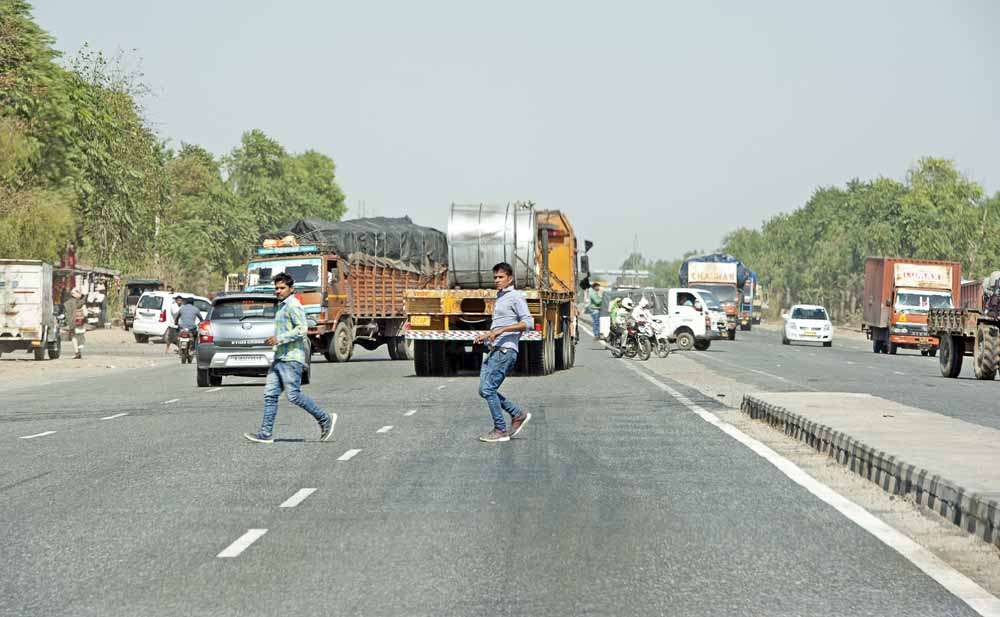
Lorries hog the outside ‘fast’ lane so most cars undertake and weave between lanes to pass obstacles. Be prepared for ‘anything goes’ and you won’t be surprised by the constantly changing craziness in front of you. 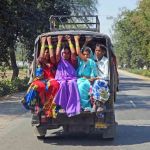 Despite all of this lunacy there is a rhythm to it and in all the years we’ve been travelling in India we have never seen an accident happen – so relax and enjoy it!
Despite all of this lunacy there is a rhythm to it and in all the years we’ve been travelling in India we have never seen an accident happen – so relax and enjoy it!
Delhi
We’ll, in returning to Delhi you’ve come to the end of your relatively short foray into India’s ‘Golden Triangle’, so called because it encapsulates a good glittering cross-section of what India has to offer – a taste that hopefully will whet your appetite for more on another occasion.
We tend to stay closer to the airport on the return journey to avoid congestion if we need to guarantee catching a flight.
Our main advice is to avoid doing too much in too little time. If you want to do more than what’s described here you’ll definitely need more than ten days in your itinerary. Travelling in India can be exhausting, even though you’re not driving yourself and the distances between destinations can be substantial on roads that aren’t geared to high speeds. Flying between cities can be an option but the connections don’t always dovetail together and to be honest you’ll miss some of the best bits of India – its rural charm and village people, along with the colour, hues and fragrances of this enormously rewarding destination.
Happy Golden getaways in India!

 Let us help you plan your escape to India!
Let us help you plan your escape to India!
Why not download our guide brochure or give us a call today on 01202 030443, or simply click ‘enquire’ to tell us where you’d love to go?
![]()
Follow in our footsteps or make your own tracks.
The itinerary we used can be opened up and printed out with our Golden Triangle Itinerary document (PDF format, requires Adobe Acrobat Reader) to give you a start point to work from.
If you would like more information or help on planning your trip then why not get in touch with us at TLC World to help arrange your own personalised itinerary. We’ve a wealth of knowledge to share and can provide you with example itineraries.
Further reference posts.
You can see other posts on this site that help with packing tips and getting around in India generally by following this link.
Our first article on ‘Hotels of the Golden Triangle‘ and the second one that covers ‘Where and what to eat in the Triangle‘ will help you plan your own tour around this fascinating route.






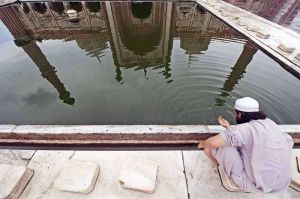







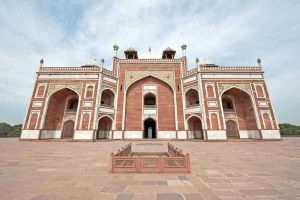

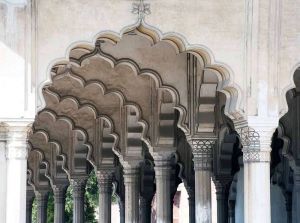

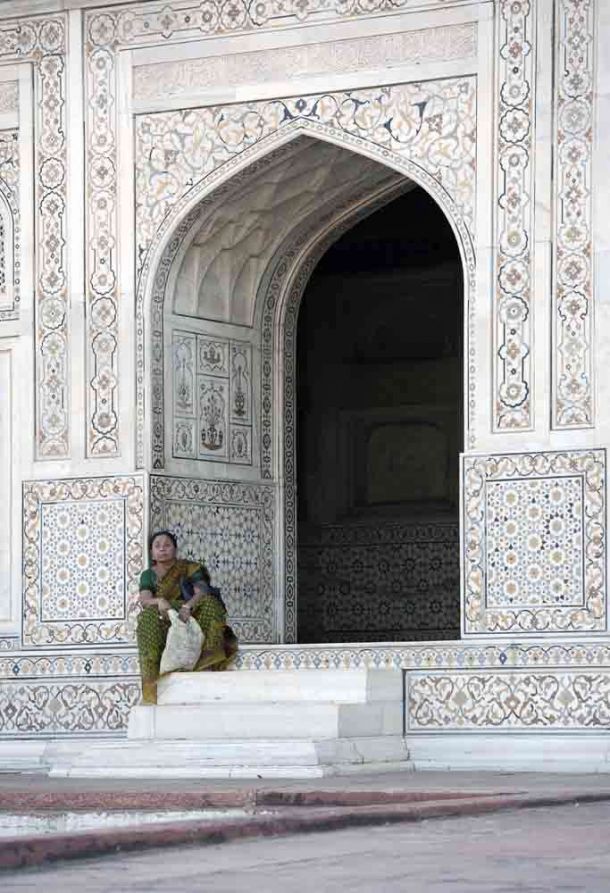



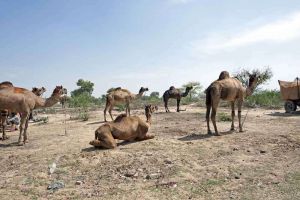
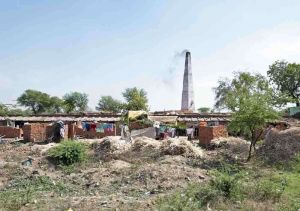
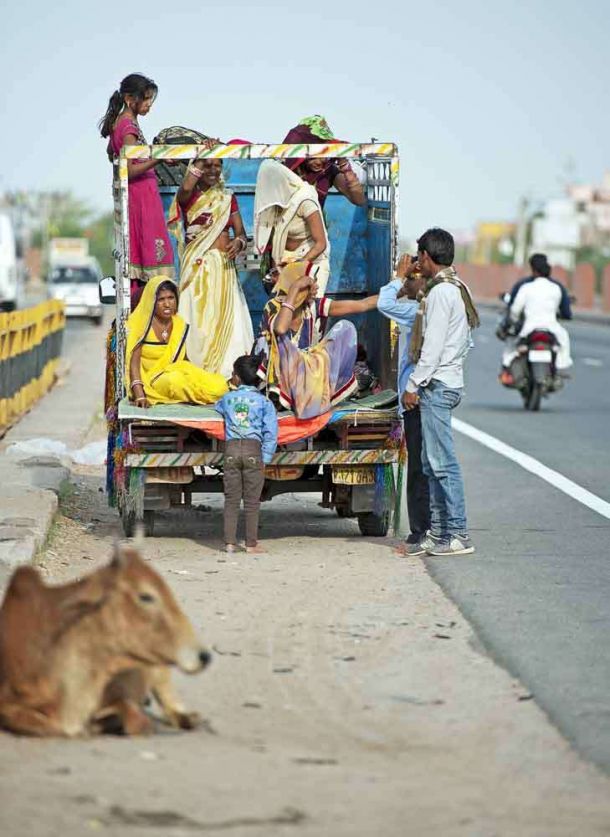
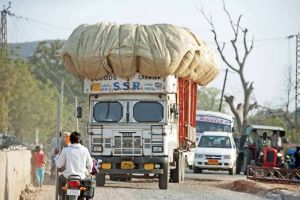
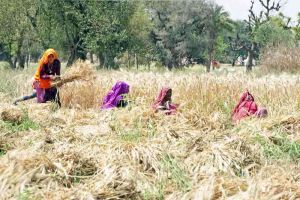
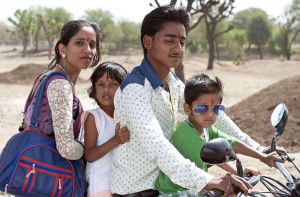
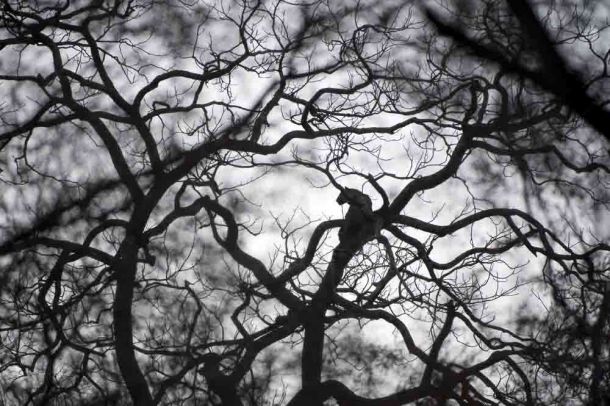
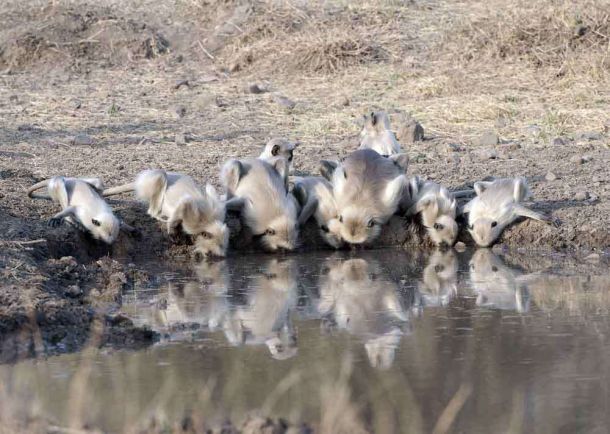



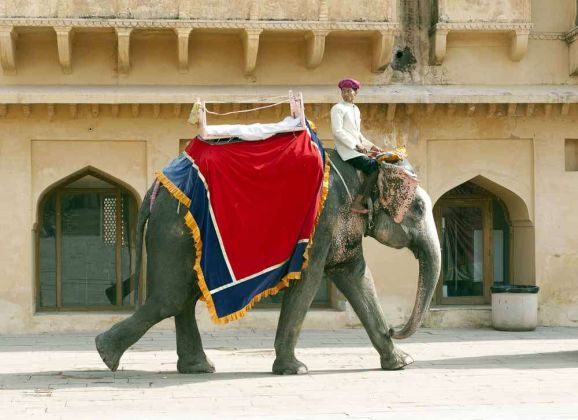
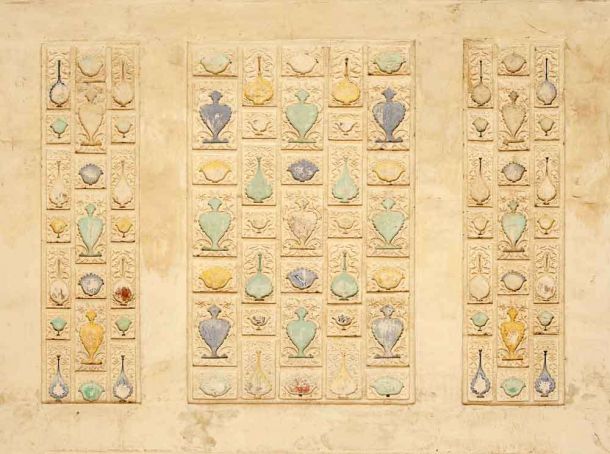
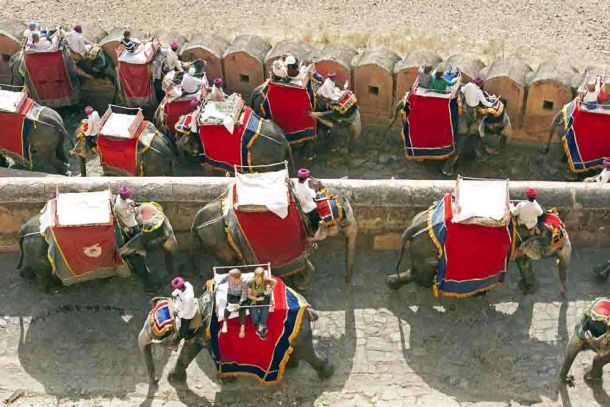

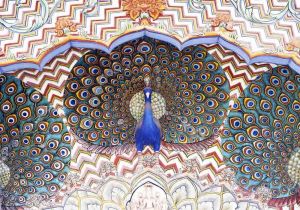
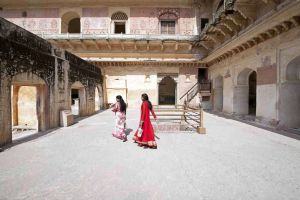
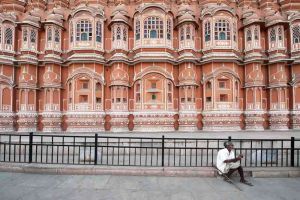
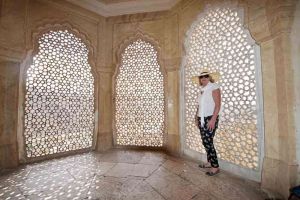
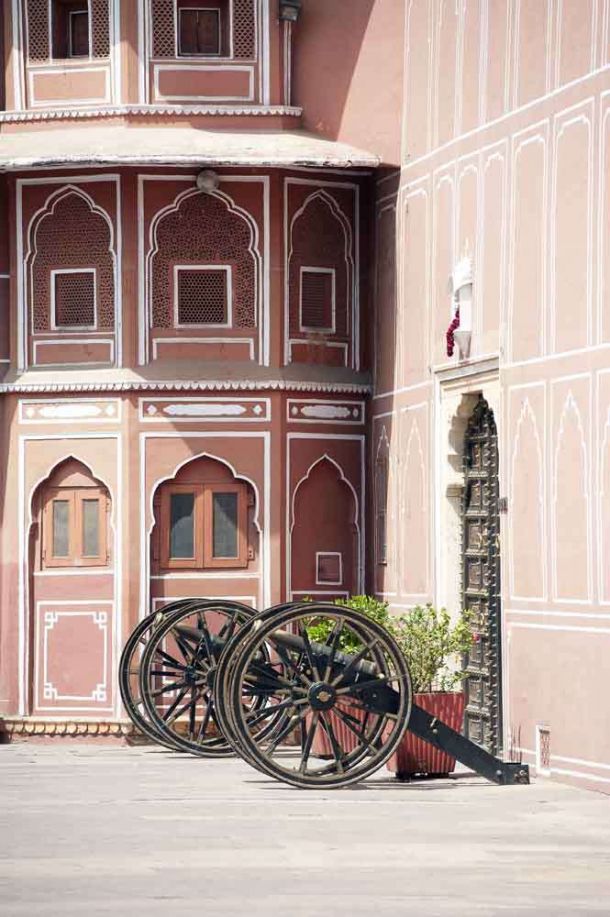
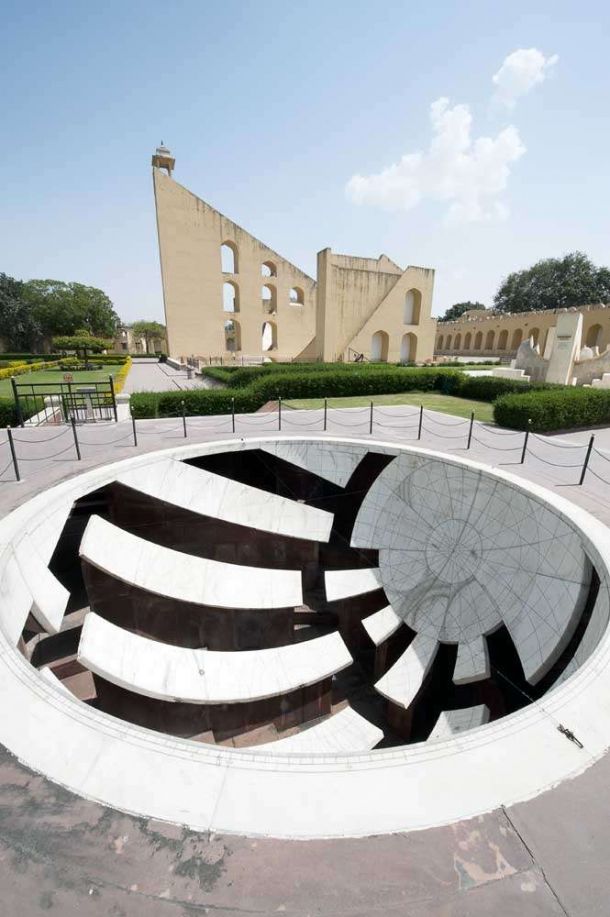
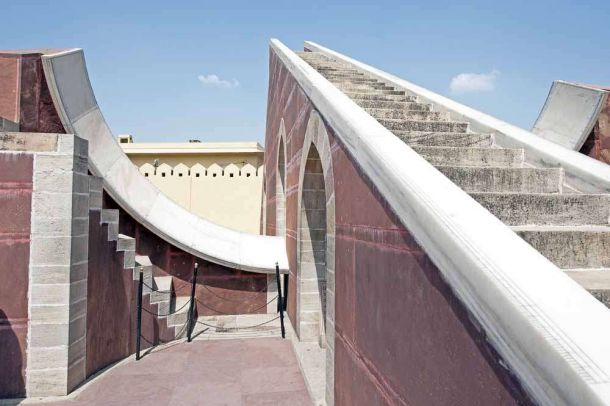
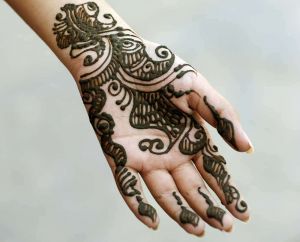
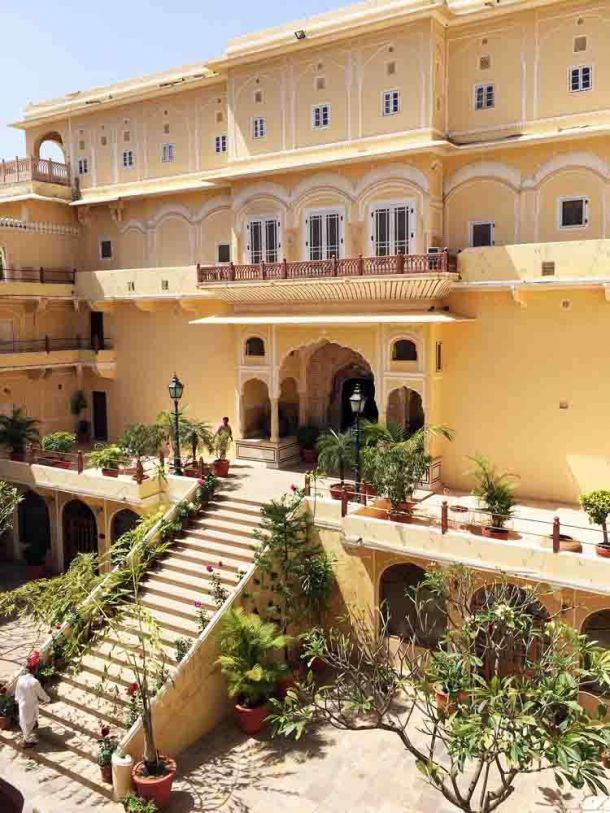
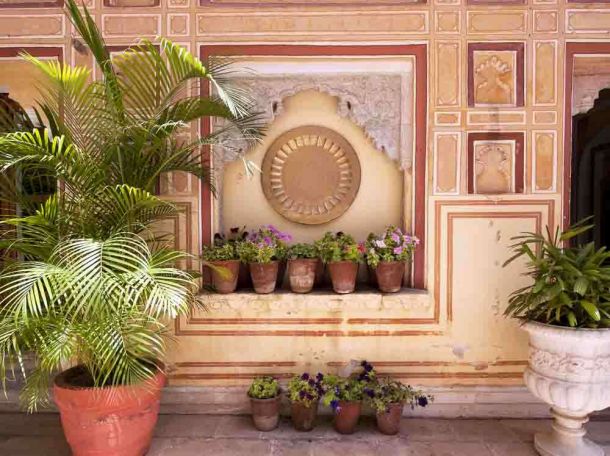

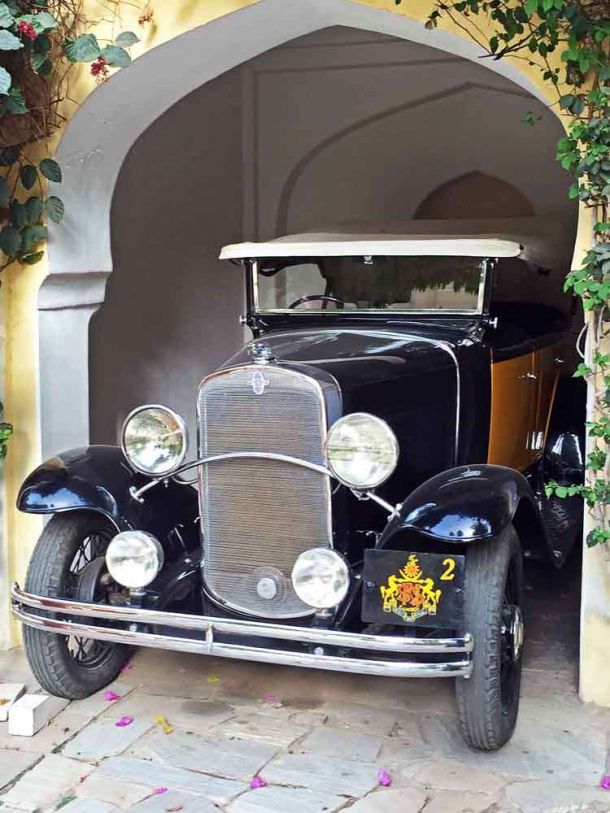
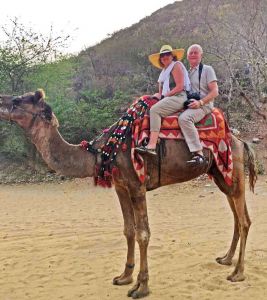
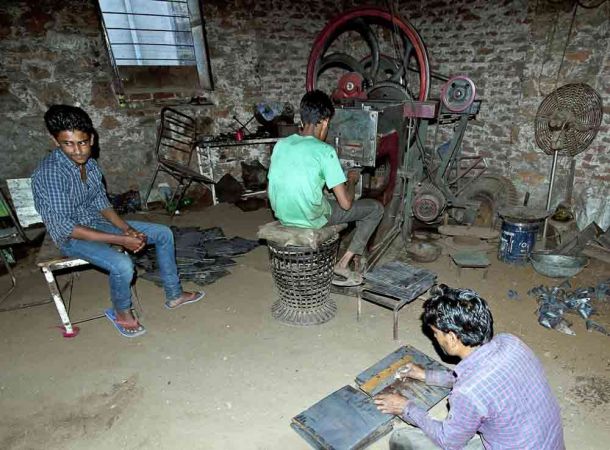
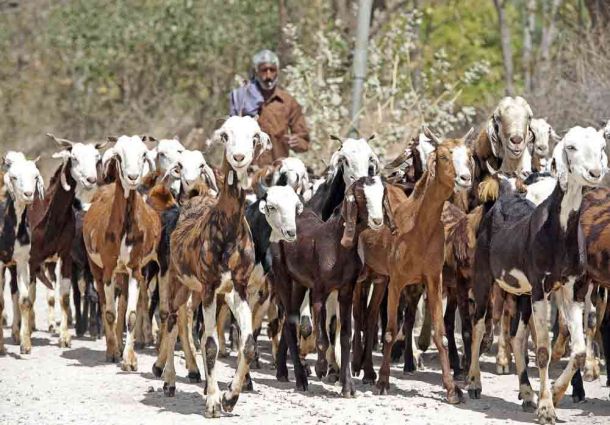
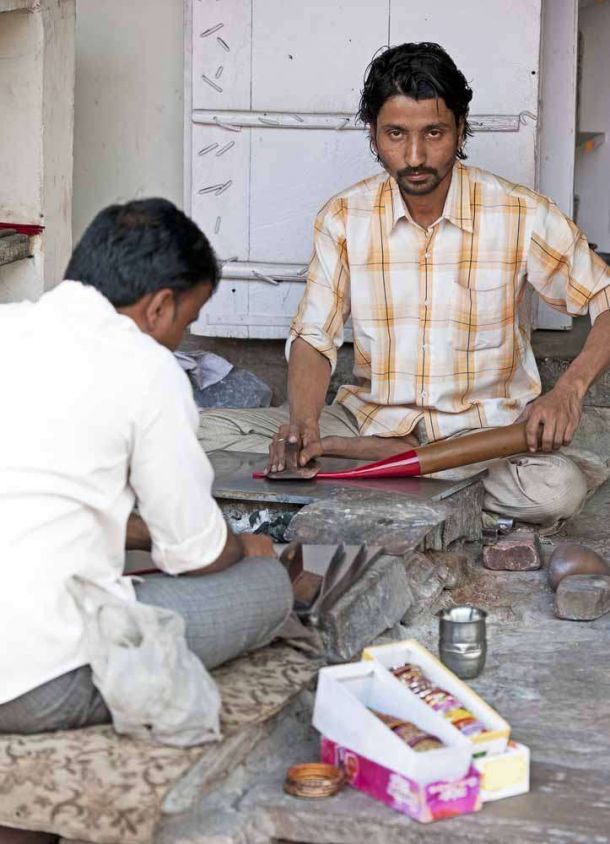









April 17, 2016
Loved these posts. Met you at the Taj and was tickled to see my picture in this post! We stayed at so many of the same places. So glad you were lucky and saw tigers during your stay at Sher Bagh.